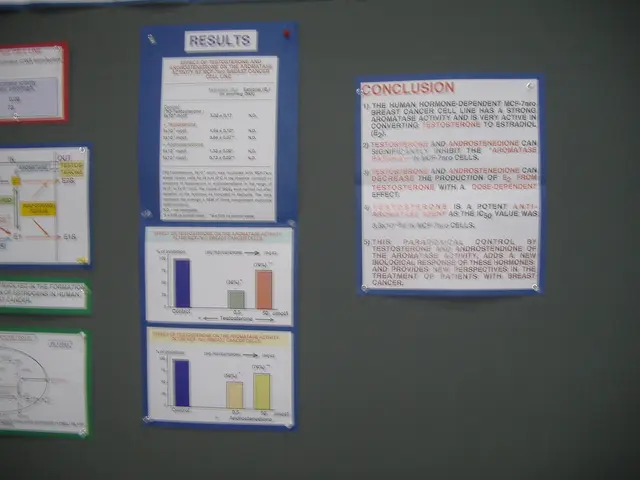Navigating Air Travel: A Compendium on Secure Aircraft Navigation
Air Traffic Control: The Necessary Exchange of Safety-Critical Information
Staying aware of one's surroundings is paramount in aviation, and that's where traffic information comes in. This vital data supplies pilots with real-time intel about nearby aircraft, avoiding mishaps, and ensuring safe navigation. Air traffic controllers (ATC) are the information's issuers, alerting pilots to other aircraft that might be in close proximity to their position or intended flight path, consequently boosting situational awareness and collision-avoidance capabilities.
ATC's Multifaceted Role in Aircraft Traffic Information
In controlled airspace, ATC delivers traffic information to both Instrument Flight Rules (IFR) and Visual Flight Rules (VFR) flights. For example, within Class C airspace, VFR flights get updates about other IFR and VFR aircraft, ultimately ensuring that all aircraft are mindful of each other's locations, thereby minimizing mid-air collision risks.
Phraseology: Clear and Consistent Communication
The International Civil Aviation Organization (ICAO) has designed standard phraseology for sharing traffic information:
- "TRAFFIC (info)": For passing traffic information.
- "LOOKING OUT": For acknowledging traffic information.
- "TRAFFIC IN SIGHT": If the traffic is visible.
- "NEGATIVE CONTACT (reasons)": If the aircraft can't be located.
These standardized phrases help streamline communication between pilots and ATC, eliminating potential miscommunications.
Modernizing Aircraft Traffic Information
Technological advancements have revolutionized traffic information exchange in aviation, making it more efficient and accessible. Systems such as the Traffic Alert and Collision Avoidance System II (TCAS II) allow pilots to receive real-time alerts about nearby aircraft, boosting situational awareness and safety. Since December 30, 1993, TCAS II has been mandated by the Federal Aviation Administration (FAA) for all air carriers with more than 30 seats operating in U.S. airspace, demonstrating its effectiveness in averting mid-air collisions.
Pilots' Crucial Roles in Air Safety
Pilots need timely and accurate traffic information to make informed decisions during their flights. By enhancing situational awareness, pilots can anticipate potential conflicts, take appropriate action, and maintain safe gaps between other aircraft. In summary, traffic information is a vital element supporting aviation safety, achieved through effective communication and technological support that prevent collisions and ensure the smooth flow of air traffic.
References:
- ICAO
- FAA
- Skybrary
The aviation industry's financial resources are allocated towards advanced technologies like TCAS II, enhancing both aircraft traffic information exchange and aviation safety.
Pilots play a crucial role in maintaining safety within the aviation industry, as they utilize traffic information to make informed decisions, thereby minimizing risks associated with transportation.








